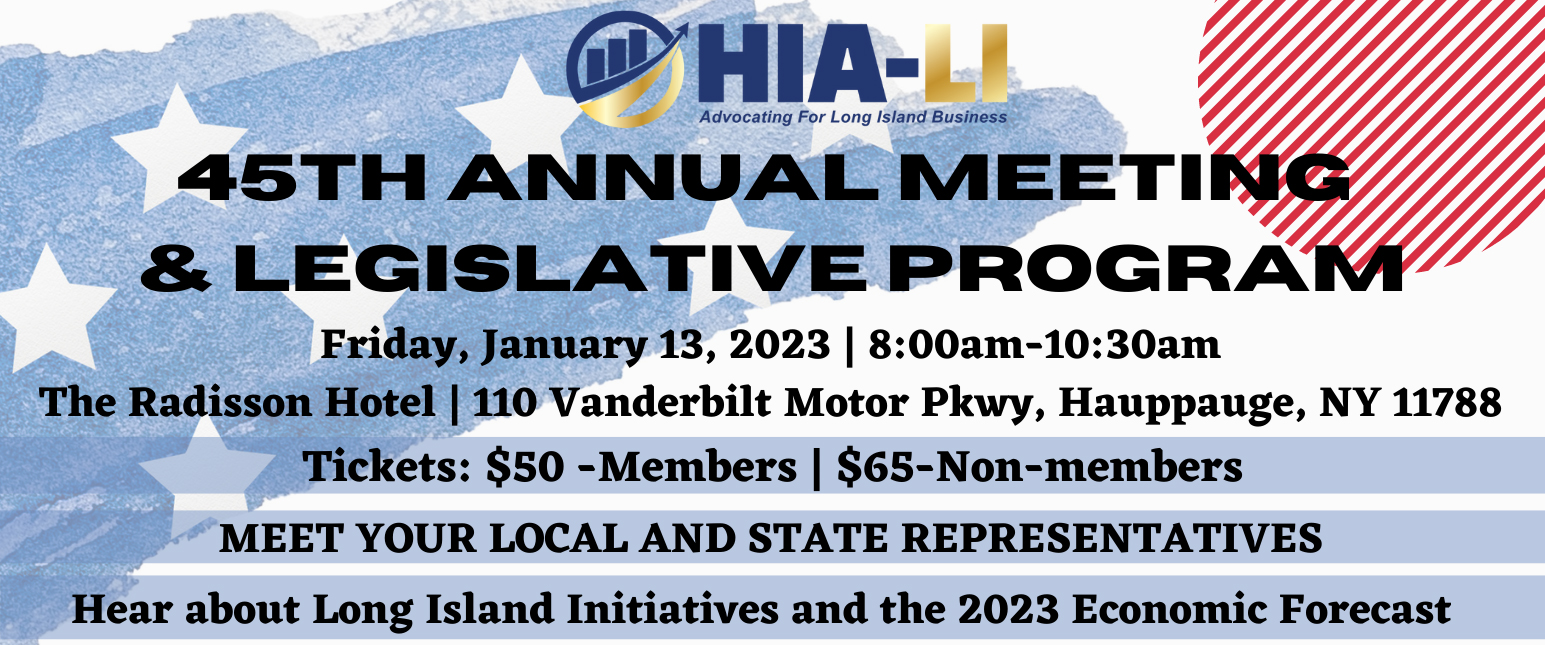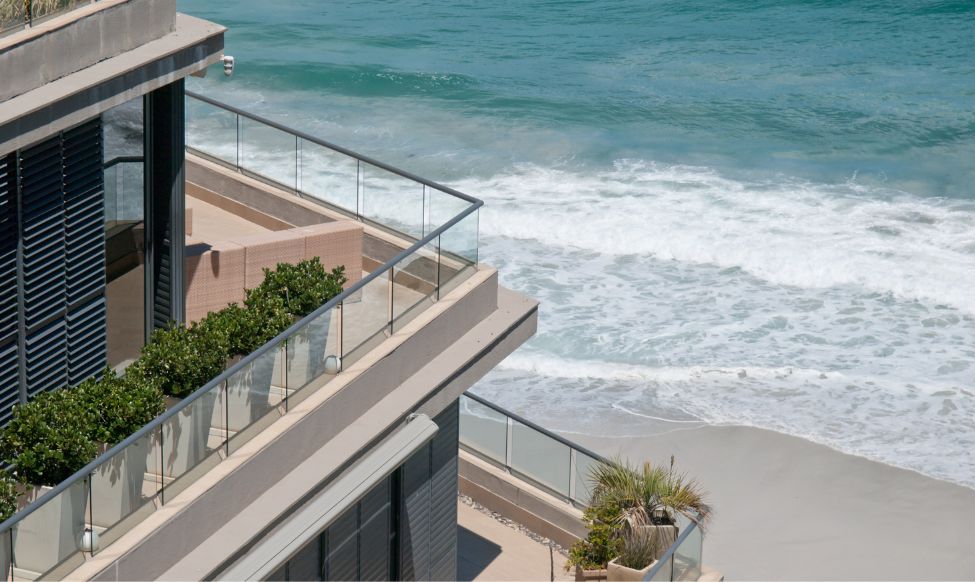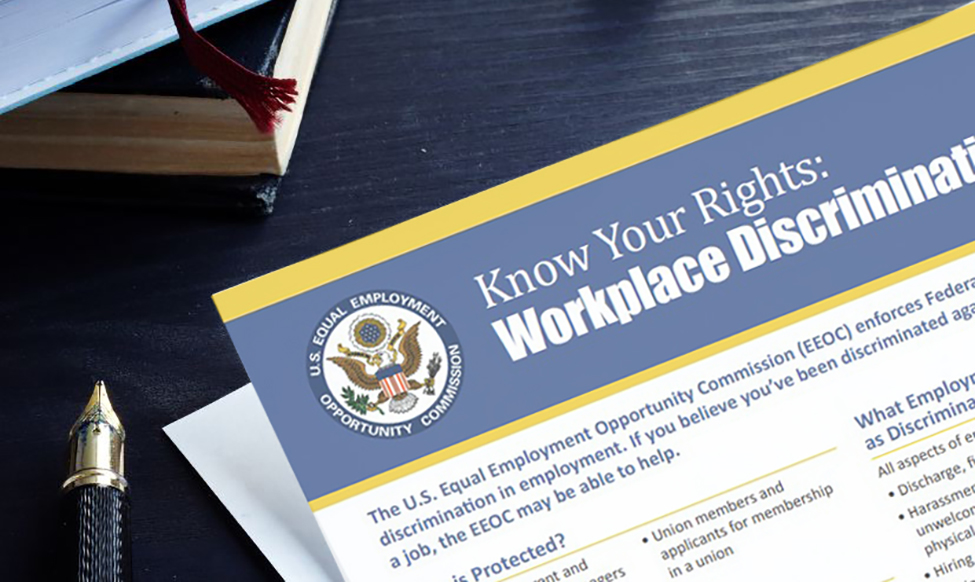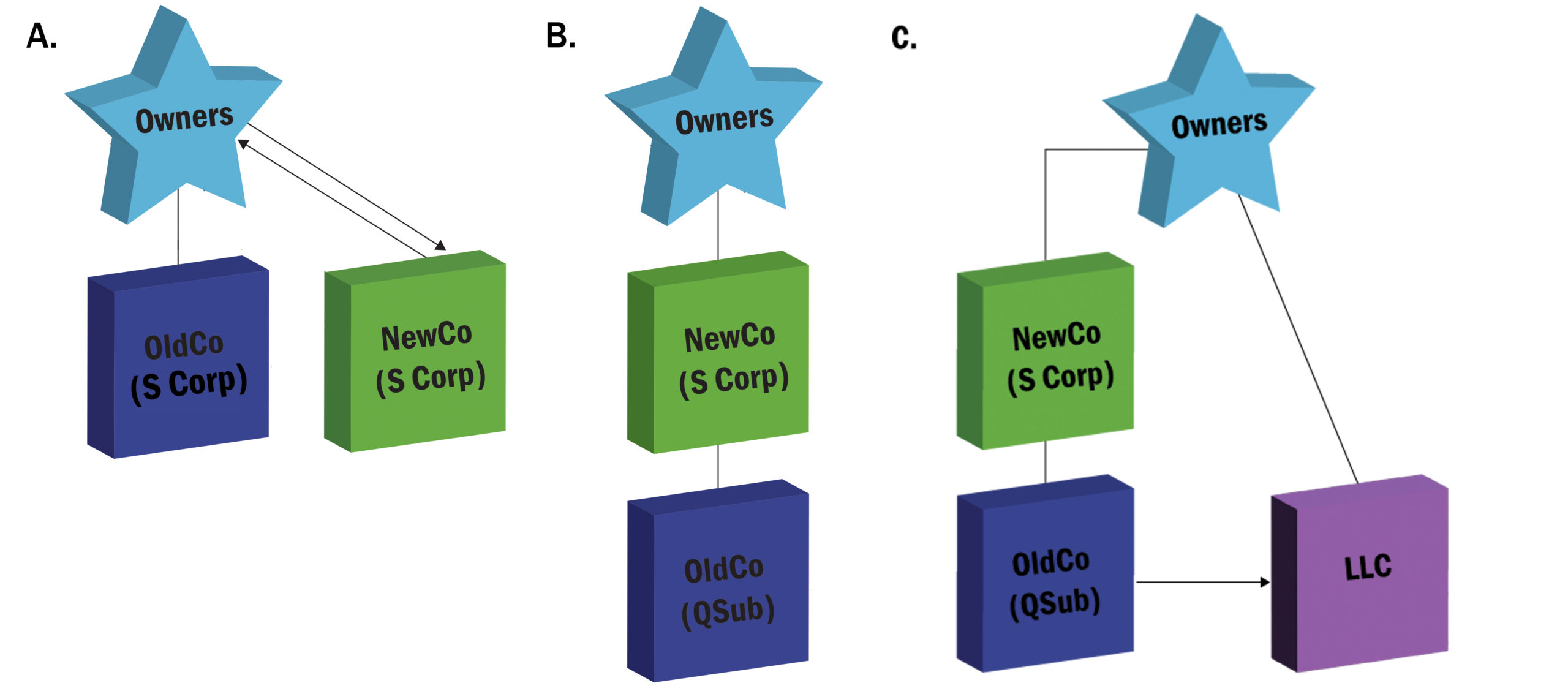Campolo, Middleton & McCormick is pleased to have represented SUNation Energy, a top solar and energy expert throughout the Long Island area, in its acquisition by Pineapple Energy, a leading provider of sustainable solar energy and back-up power to households and small businesses.
Joe Campolo and Vincent Costa led the deal team, which included CMM’s Cailey McByrne, as well as Alan Sasserath, Fred Rook, and Sean Laurie of Sasserath & Co. CPAs.
Congratulations and thank you to SUNation’s Scott Maskin and Jim Brennan, who recognized us as “a world class legal team.”
View the full press release below or here.
Pineapple Energy Acquires New York-based SUNation Energy
November 10, 2022 08:15 ET | Source: Pineapple Energy
Acquisition Expected to Triple Annual Revenue
Strong Fit with Pineapple’s Customer-centric Model
MINNETONKA, Minn., Nov. 10, 2022 (GLOBE NEWSWIRE) — Pineapple Energy Inc. (“Pineapple,” “Pineapple Energy” or the “Company”), a leading provider of sustainable solar energy and back-up power to households and small businesses, today announced the acquisition of SUNation Energy (“SUNation”), a New York-based installer of solar and battery energy storage systems for residential and small commercial customers. The transaction closed on November 9, 2022.
SUNation has served Long Island for 19 years, offering a range of solar energy solutions including residential, commercial, battery storage, and roofing, and currently services over 12,000 PV systems. Over the course of almost 8,000 projects since inception, SUNation has installed over 275,000 solar panels representing 92 MW of clean, carbon-free solar power.
The acquisition reinforces Pineapple’s strategy as a customer-centric company, building long-term customer relationships through its “white-glove” customer experience. SUNation’s commitment to high-quality customer service, which aligns with Pineapple’s customer-centric culture, was an important reason for the acquisition.
Founder Scott Maskin will continue to manage SUNation in New York. Scott will be leveraged to engage current and future acquisitions in core value alignment and be appointed to Pineapple’s board of directors. SUNation’s Chief Growth Officer Jim Brennan will move into a strategic role at Pineapple Energy, leading the corporate development function, where he will help execute the strategic vision for both organic and M&A-driven growth.
“We’re thrilled to announce the SUNation acquisition, which is a fantastic complement to our Hawaii Energy Connection and E-Gear acquisitions which closed alongside our merger into a publicly traded company earlier this year,” said Kyle Udseth, CEO of Pineapple Energy. “This acquisition is an indication of the growth potential inherent in our strategy of consolidating and building a nationwide solar, battery storage and home energy management business. We believe the acquisition will give us more scale, increase our revenue substantially, and move us toward achieving the important goal of reaching cash flow positive in 2023. Further, it expands our footprint into the northeastern United States, a region with strong demand for solar energy. We’re excited to welcome the SUNation team to the Pineapple family and look forward to growing our business as an integrated team.”
SUNation Founder, CEO and Chief Fun Officer Scott Maskin added, “SUNation Energy is elated to join the Pineapple Energy family. Almost 20 years ago we set out to change the way our friends and neighbors powered their homes and businesses. Through the years we’ve seen many companies come and go, mostly because they forgot who was most important, the customer. We are so fortunate to find a team that shares the same core values and goals as SUNation. Dominant, high quality, referral based regional companies are the heart and soul of this industry and Pineapple was quick to recognize the amazing work the SUNation team has accomplished. Together with the Pineapple team we can scale this model nationally while delivering the highest quality customer experience possible The Pineapple team is humble, knowledgeable and aggressive. We are an unstoppable team.”
Pineapple Chief Financial Officer Eric Ingvaldson expanded on the financial and strategic rationale, “SUNation moves us closer to the critical mass we need to accelerate our growth. They generated revenue of $48 million in the trailing twelve months ended September 30, 2022, which represents approximately twice the revenue generated by our Hawaii operations. In addition, we are continuing to focus on other acquisition opportunities. We are excited about the potential to enter 2023 with strong business momentum, a growing national footprint, an outstanding team with extensive solar industry knowledge, and positioned to become cash-generating during the year.”
PIPE Investment Reset
Following market close on November 9, 2022, the Company also entered into an agreement with the Company’s existing preferred stock and warrant holders (the “PIPE Investors”), whereby these investors provided certain waivers to the anti-dilution protections, in return for a reset of the conversion price of the preferred stock to $4.00 and a reset of the strike price on certain of their warrants to $4.00 from $13.60. Following the adjustments, the Company’s $32 million of Series A Preferred Stock preference is currently convertible into approximately 8 million shares of common stock at $4.00 per share and the PIPE Investors hold warrants to purchase approximately 4.0 million shares of common stock at $4.00 per share and warrants to purchase approximately 1.2 million shares of common stock at $13.60 per share. The conversion price Series A Preferred Stock and the conversion price of the warrants and the number of shares issuable upon exercise of the warrants continue to be subject to further adjustment in accordance with their terms. “We believe that this reset will help to clear the Company’s capitalization and provide greater flexibility to the Company to continue its growth through acquisitions,” said Kyle Udseth, CEO of Pineapple Energy.
About Pineapple Energy
Pineapple is focused on growing leading local and regional solar, storage, and energy services companies nationwide. Our vision is to power the energy transition through grass-roots growth of solar electricity paired with battery storage. Our portfolio of brands (Hawaii Energy Connection, E-Gear, Sungevity, and Horizon Solar Power) provide homeowners and small businesses with an end-to-end product offering spanning solar, battery storage, and grid services.
About SUNation
SUNation is a residential and commercial solar installer in the state of New York. SUNation Service is a division of SUNation Energy that provides a wide range of services that are necessary for maintaining a customer’s solar system. For the 13th year in a row, SUNation has been voted the Best Solar Business on Long Island and the company is at the highest credential level with Tesla, REC, S Energy, Enphase, Sonnen and Span IO.










